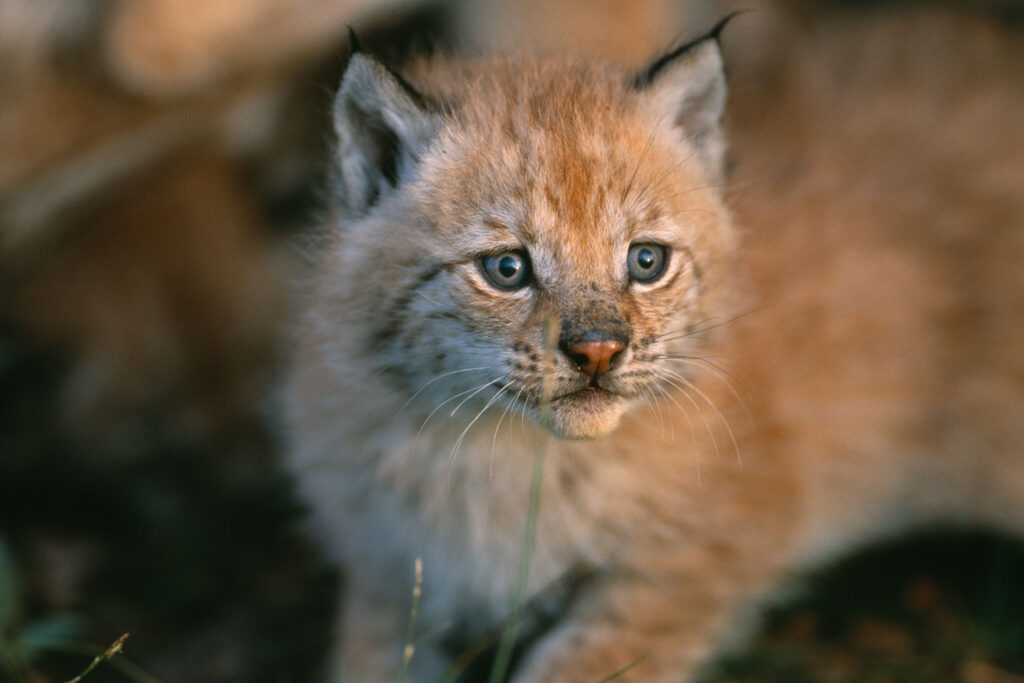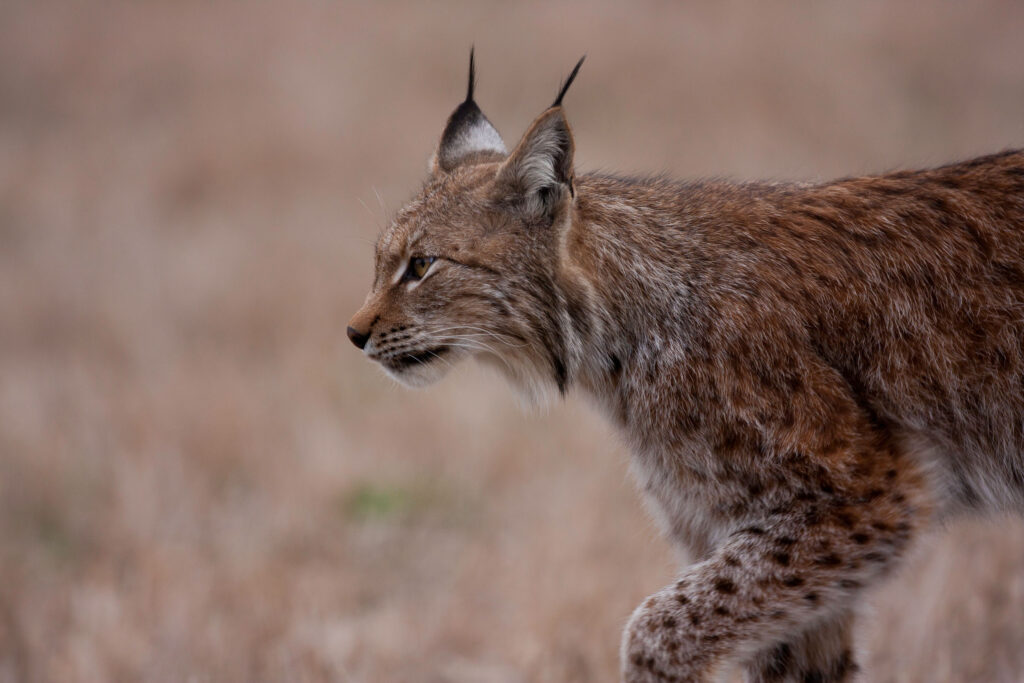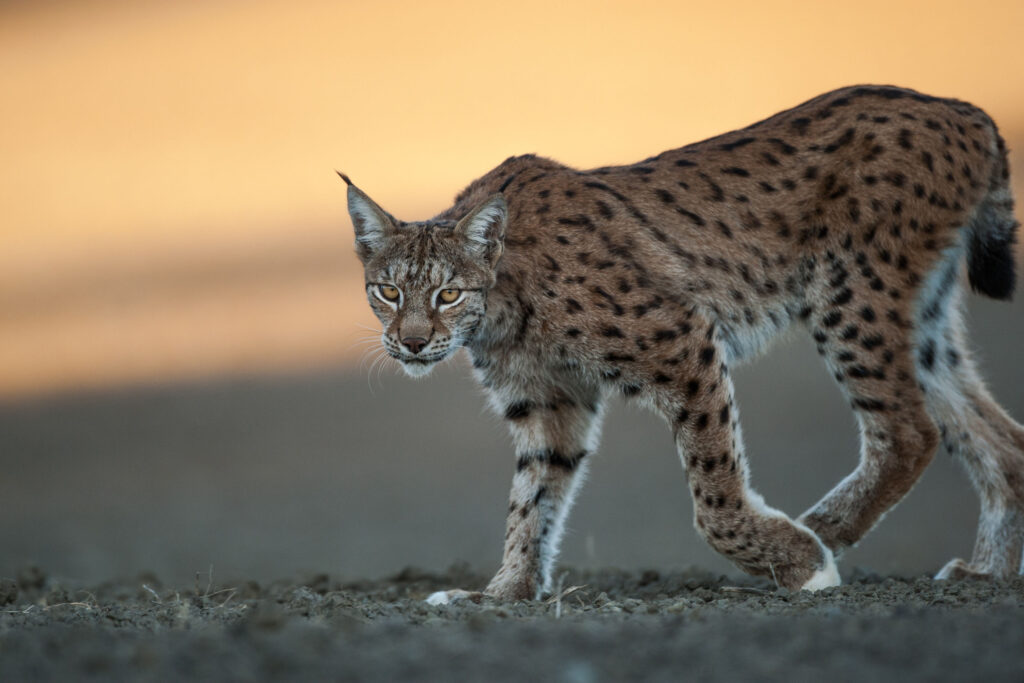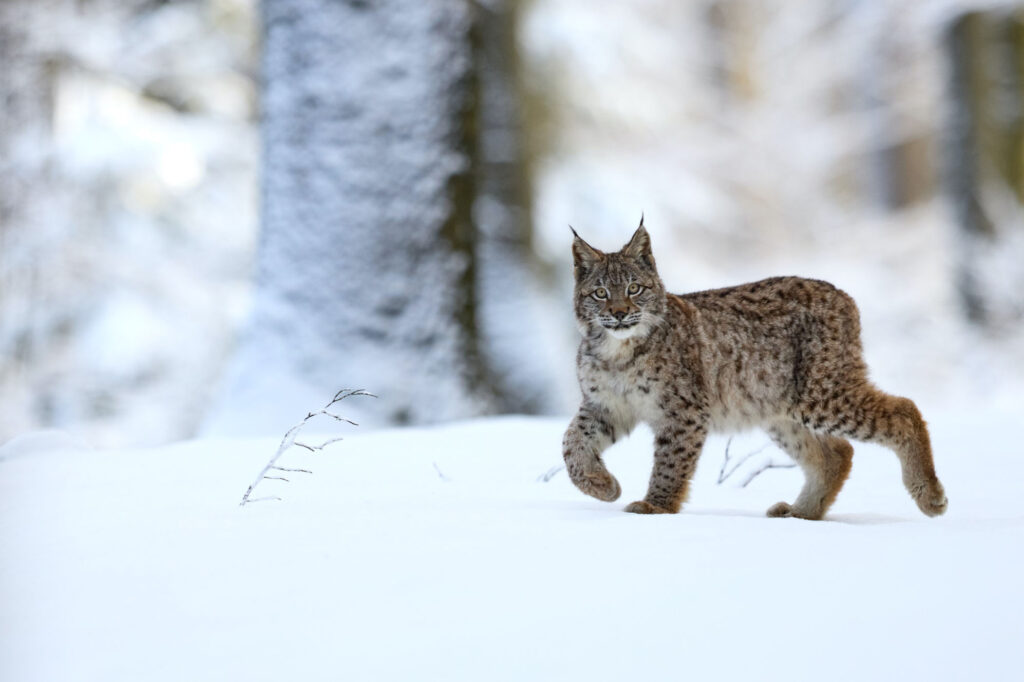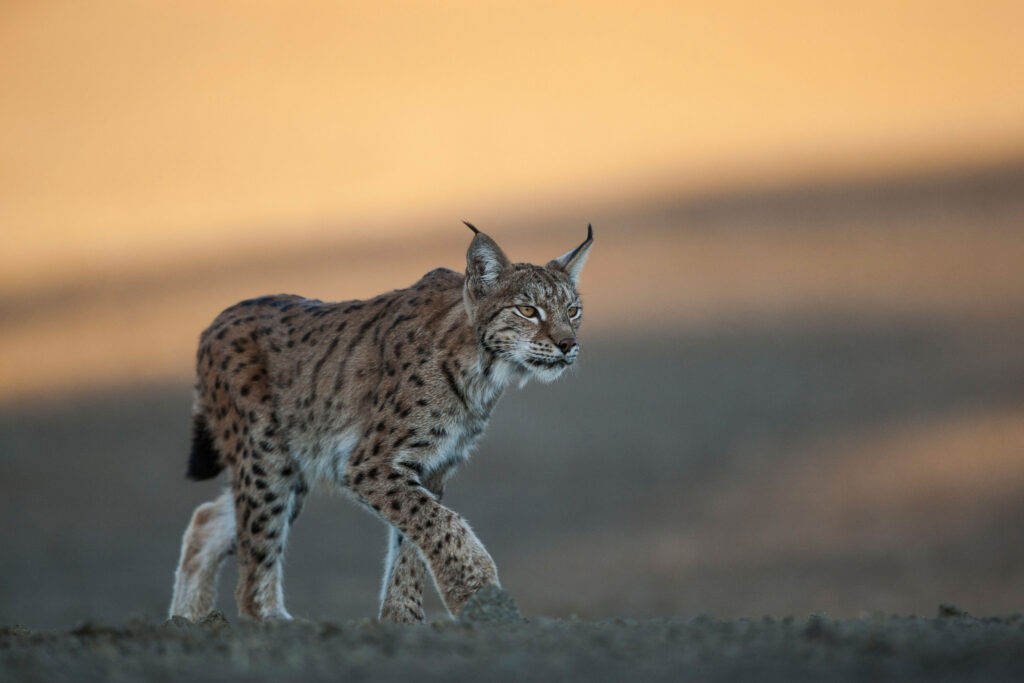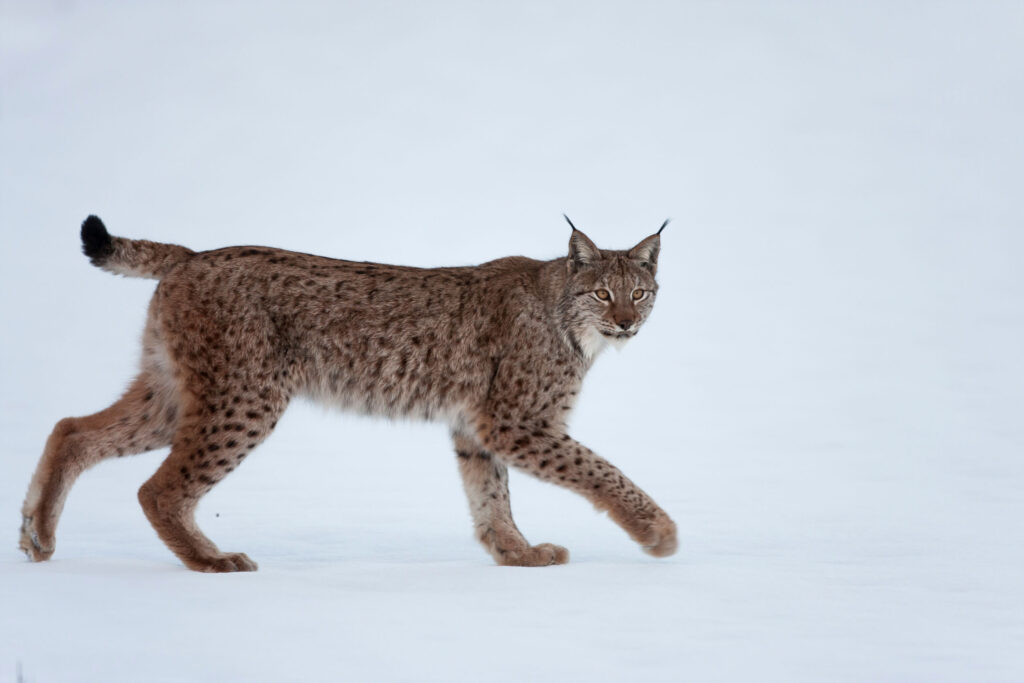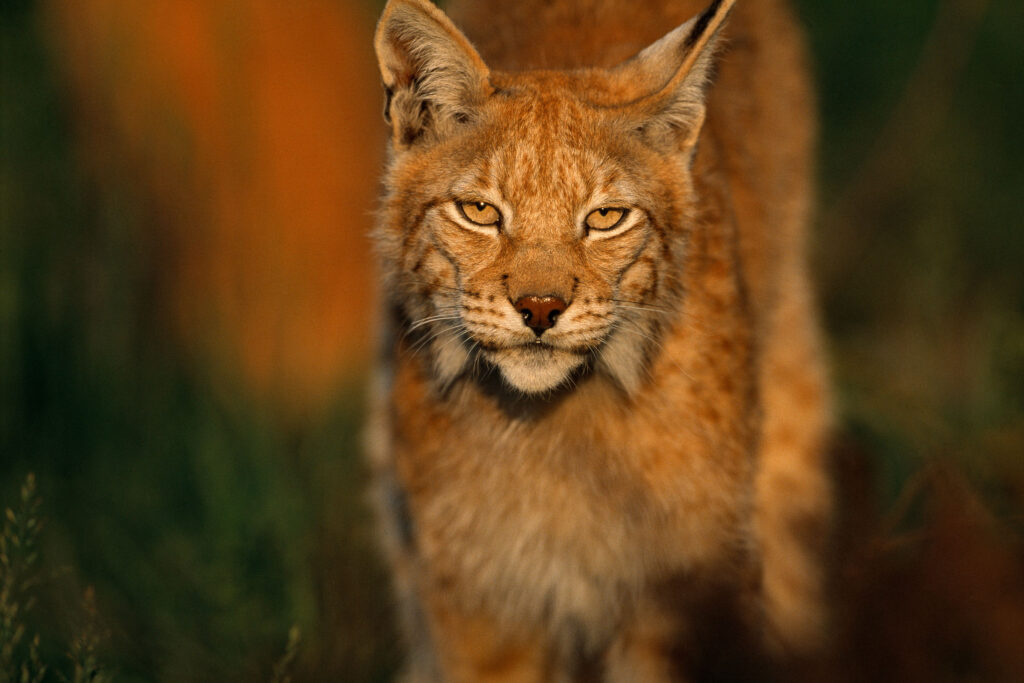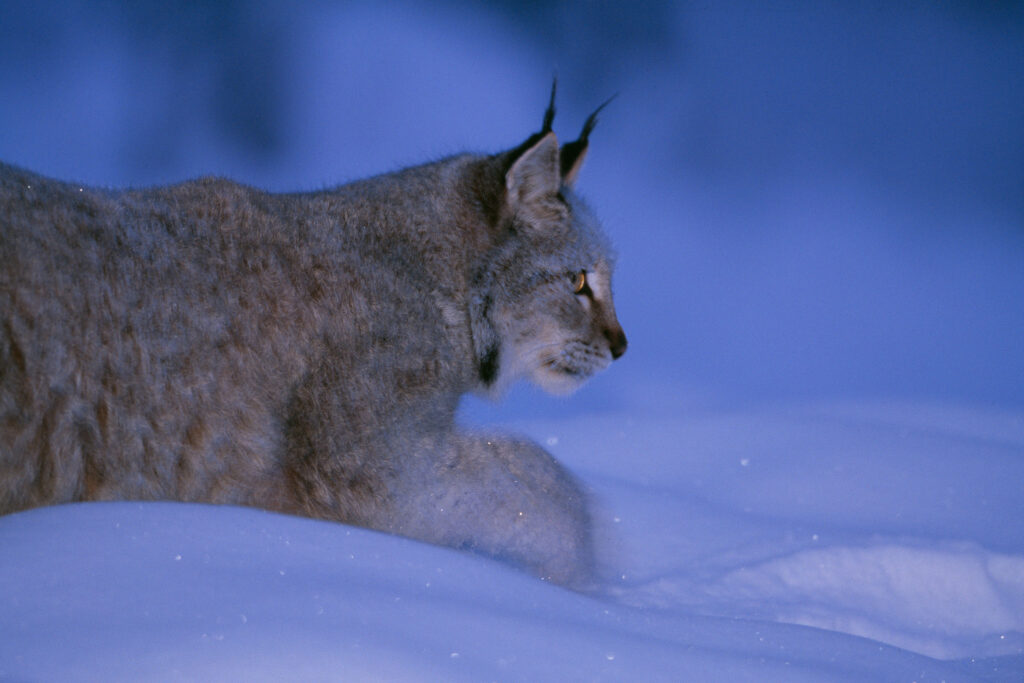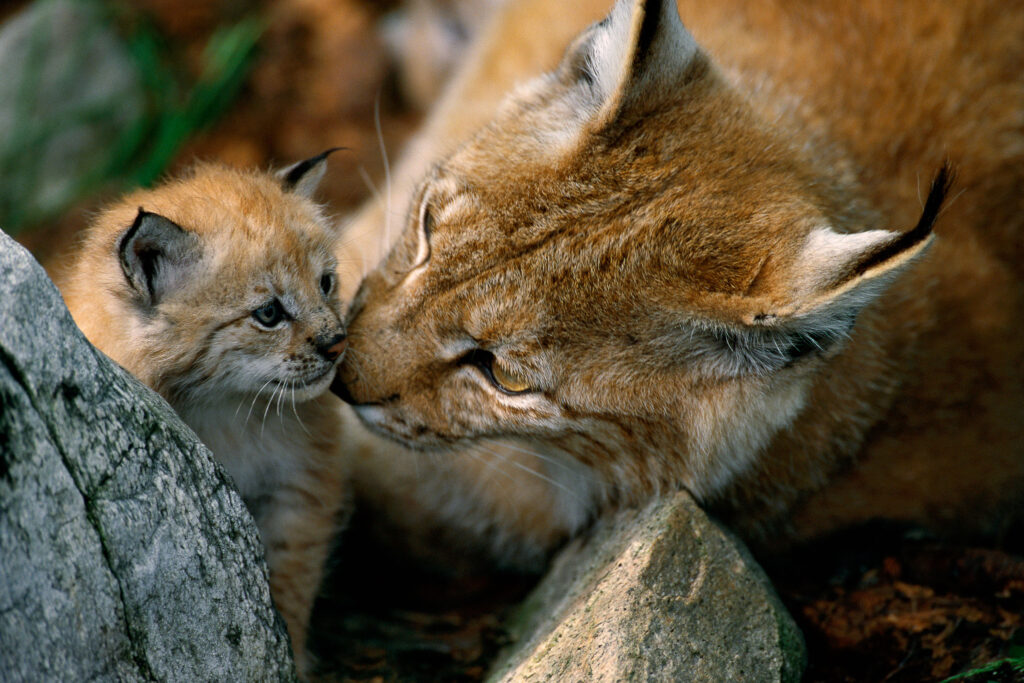Trophy hunting of lynx
The licensed lynx hunt started March 1 in Sweden. A quota of 143 lynx were to be killed in 2024. Many Europeans ask themselves why hunt lynx at all? It is after all a strictly protected species in the EU. Whilst 80% of Swedes like their lynx and over 63% don’t approve of hunting them. Still, the hunt has gone ahead.
These 143 lynx to be killed, add to the 218 lynx that were shot the year before. Which was then the highest number for almost 50 years. Some hunters want less competition for prey like roe deer, while others see the lynx as a nice trophy and the hunt as an exciting sport, also attracting many foreign trophy hunters.
Swedish government policy is now aiming to bring down the number of carnivores to their absolute minimum levels. Or even further. They are intent on breaking the back of the populations of large carnivores. This has huge implications, also within the EU, since the Swedish government is teaming up with other EU countries in order to downgrade the carnivores conservation status, not only for the wolf, but also for the lynx and the bear. It may very well spell disaster for Europe’s carnivores.
Lynx are usually rarely seen, and they create relatively few problems for domestic animal owners, outside of the reindeer herding areas in the North. In 2022, a total of 113 sheep and 6 goats were killed by lynx in Sweden, a country 3,000 km long with 450,000 square kilometers of land surface and 342,000 sheep (when counted after the yearly slaughter of 230,000 sheep/lambs), most of whose owners have not yet mounted predator-proof fences. It is indeed questionable if killing hundreds of lynx is an act that is in any way proportionate to the small and relatively preventable damage they caused.
A specific opinion poll about lynx in Sweden was presented in 2021, commissioned by World Animal Protection in collaboration with The Swedish Carnivore Association. The poll showed that a clear majority of Swedes are negative to lynx hunting. As many as 63% say they were “negative” or “very negative” to lynx hunting, and over 72% think it is wrong to hunt animals during their mating season, when they have young, or are pregnant.
Why do many people mean that lynx hunting is wrong?
There are several reasons why many Swedes have a negative view of trophy and quota hunting of lynx in Sweden:
- Public acceptance of lynx is very high in Sweden today, only one percent of the population are outspokingly negative to lynx.
- The lynx hunt is seen as unethical and cruel, involving stressing and then killing animals as a form of entertainment, when they still have kittens, are pregnant or during mating season, which limits the lynx’s ability to further reproduce.
- Hunting lynx has consequences for the long-term genetic health and survival of the species in Europe.
- The Licensed quota hunt is clearly against the EU’s Species and Habitats Directive.
- The isolated Swedish lynx population is hunted towards the lowest possible conservation status level. Lynx are very vulnerable to hunting pressure and inbreeding, making them more sensitive to possible epidemics such as cat plague or fox scabies.
- Lynx also reduce the cost for road accidents, by limiting the size, behaviour and distribution pattern of roe deer populations. In 2023, Sweden had 48,843 road accidents that involved roe deer.
The female usually has two or three kittens which stay with their mother for 9 o 11 months, unless she gets shot during the hunt in March. Following the mother for a longer period provides better conditions for the kittens learning how to survive. Even so, still about half of the kittens die before they reach adulthood. The Swedish Carnivore Association sees the Licensed hunt only as a pure concession to the hunting community.
Why is there trophy hunting of lynx in Sweden?
Trophy or Licensed hunting was made legal in Sweden a few years back. Hunters are now given a special quota number of lynx allowed to be killed in March, each year. According to official statistics, there were only about 1,417 lynx in Sweden 2023. A politically decided “minimum” level for the species to survive at all, long term, has been set at 870 lynx (which the Swedish Carnivore Association means is far too few). As long as lynx numbers are above that set minimum level, the Swedish Environmental Protection Agency can then give the county administrations the right to decide on quotas for Licensed hunting. Hunters who want to hunt lynx must register. It is then decided how many lynx are to be shot in each county. In 2024, that total was for now 143 lynx in all Sweden, which is more than 10% of the total lynx population in the country.
How is trophy hunting for lynx carried out?
Trophy or quota hunting for lynx in Sweden is often done with either live box traps or with the help of dogs. Hunters track lynx through the snow until they are spotted, then the dogs are released to chase and tire the lynx. The lynx then most often climbs a tree to escape the dogs and once there, becomes an easy target for hunters on the ground. Nowadays many foreign hunters come to Sweden to take part in the lynx hunt, in addition to the thousands of Swedish hunters who sign up to participate. After the hunt, the hunter is allowed to bring home the lynx’s skin and skull as a trophy.
Why are lynx important?
The lynx has an important ecological top-down role to play, keeping their prey strong and prey populations healthy. Lynx also reduces the cost for road accidents, by limiting the size, behaviour and distribution of roe deer populations. In 2023, Sweden had 48,843 road accidents that involved roe deer, the lynx’ favourite prey species. According to studies in the USA, road accidents with wildlife are greatly reduced when there are predators around. Grazing damage on trees and agricultural crops, caused by deer and moose, is estimated to cost many billions of SEK. Such damage will be significantly reduced with more large carnivores around.
Democracy 2024?
A massive majority of Swedes, 74%, do not agree to that hunting of lynx should take place just because these animals compete with human hunters for the same prey.
Links
- Lynx hunting (The Swedish Environmental Protection Agency, 2024, Swedish)
- Where lynx prevail, foxes will fail
- Lynx survive without being hunted (Sweden’s Big Five, 2024)
- About the lynx (Sweden’s Big Five, 2024)
- IUCN Red List Mapping for the regional assessment of the Eurasian lynx Lynx lynx In Europe
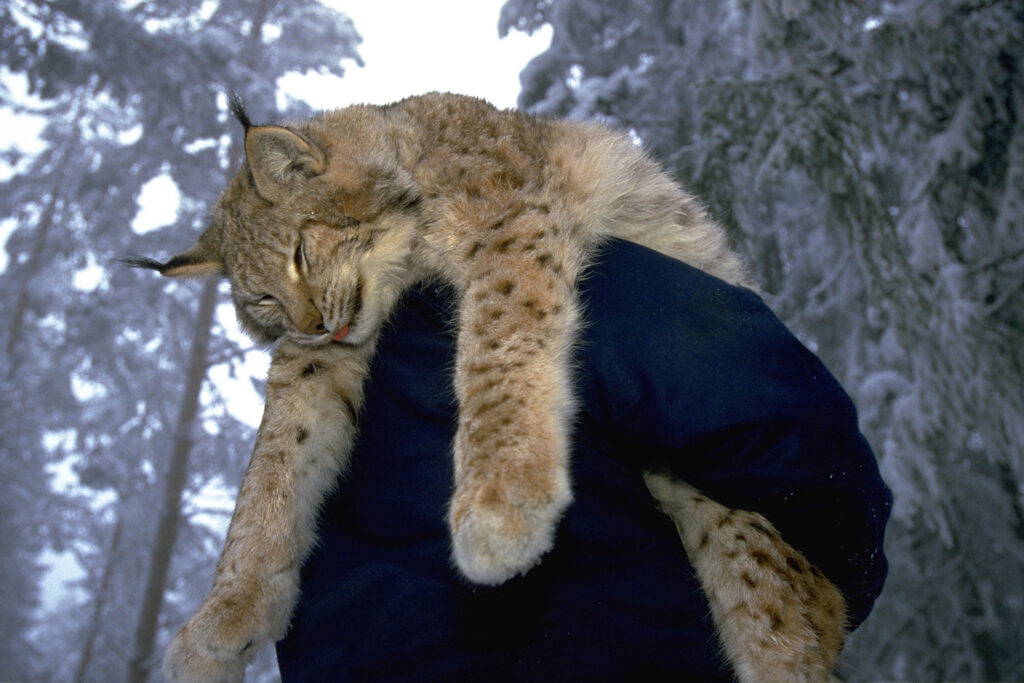
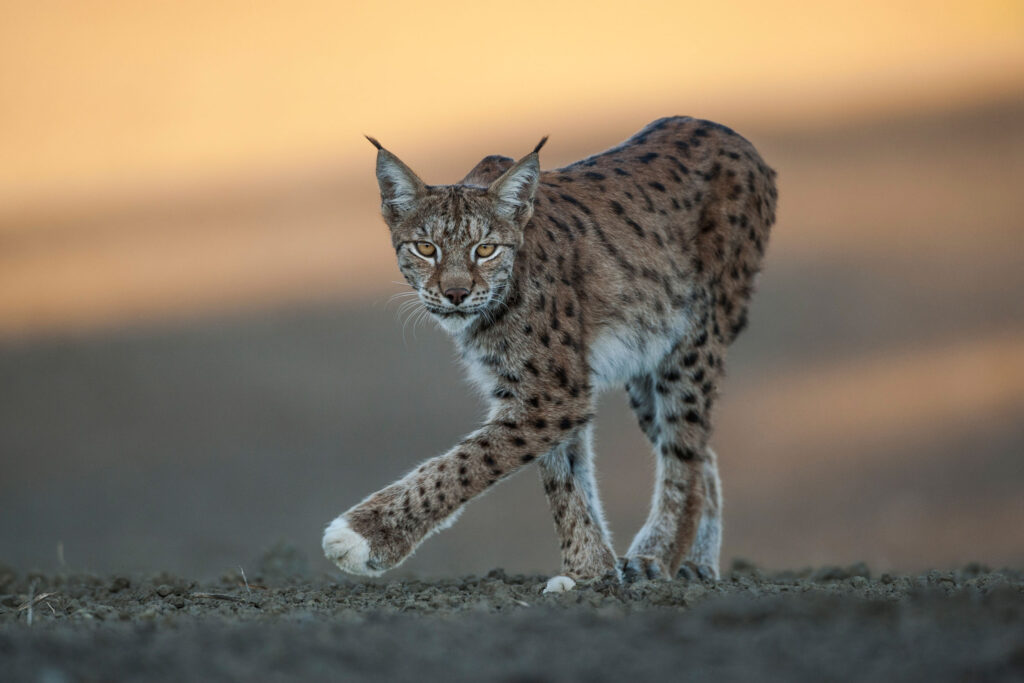
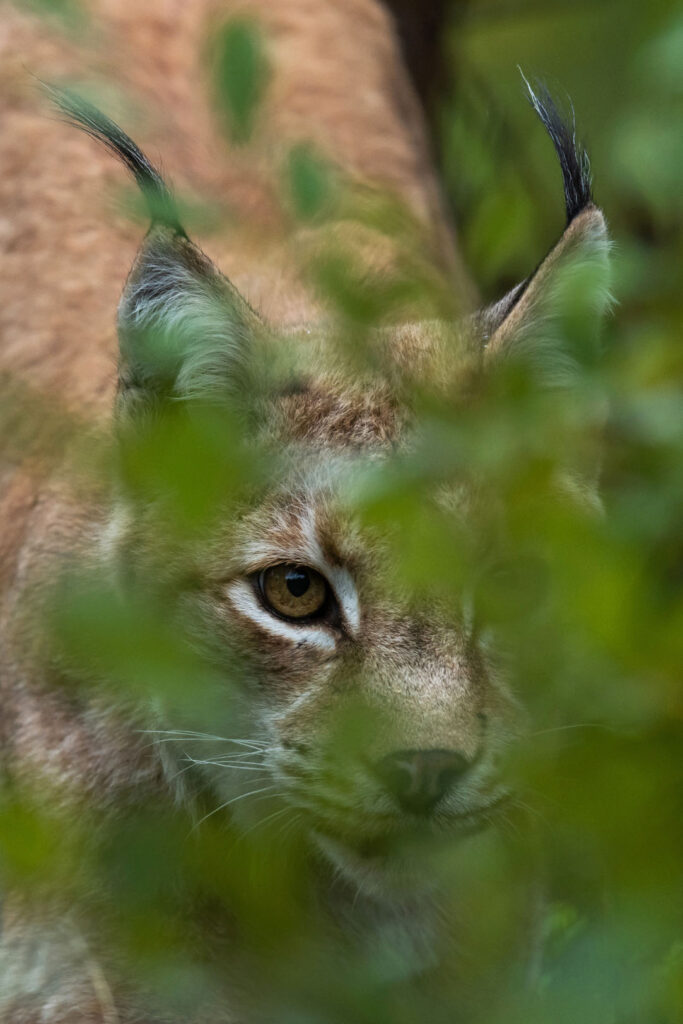
Image credits
From the top: 1 Rolf Nyström, 2 Magnus Elander, 3 Rolf Nyström, 4 Roger Brendhagen
